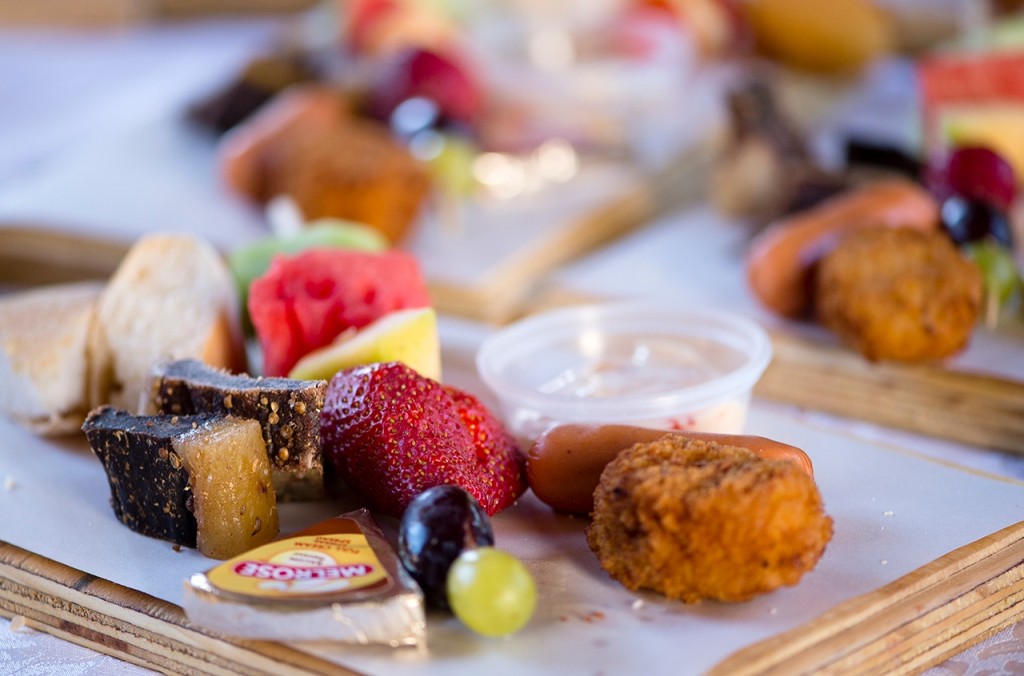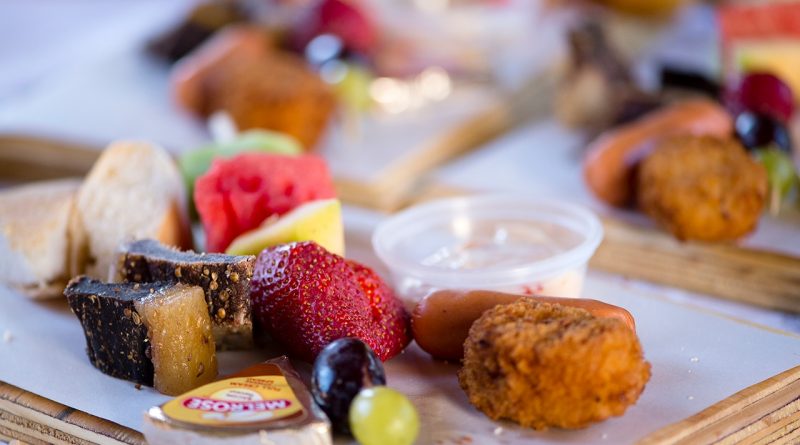Why do more and more nutritionists advise that we cut our sugar intake?

Is there anything wrong with sugar?
Sugar – tooth fairies the world over love it as it keeps them in enough baby teeth to furnish their castle. But seriously, although every parent avoids it in the run up to bedtime, not much seems to be known about what other potential problems it could cause.
One of the most common known issues with too much sugar consumption is that people get fat. While refined sugar – the kind found in white bread – is known to pack on the pounds, many people will not be aware of the harmful effect sugar has on cholesterol; raising the bad type and lowering the good.
Tooth decay is another common symptom, but many consumers may not know that the sugar found in fruit juice plays a part in some forms of diabetes. Say no when the doctor or dentist tries to entice your little one with a lollipop.
Other issues that have been linked to sugar through research include depression, mood swings, hyperactivity and poor memory development.
Over consumption is the problem, but people can cut down by cutting out the products that contain too much sugar. This can be worked out by simply looking at the label of the product, which should match the contents.
One tip for consumers is to check whether the label says that sugar has been added. Sugar will naturally be found in several products, but people should steer clear of those that have added sugar.
Another is to look at the type of sugar. Questions to ask include whether the sugar is naturally found in the product, such as an apple, or whether it has been artificially added.
In addition, it can be important to note what type of sugar you are taking in. Fructose is found naturally in fruit, glucose is a source of carbohydrates, which our bodies need, while galactose is found in milk. When galactose is paired with glucose, we get lactose.
Sucrose, the widely-accepted name for sugar, is a combination of fructose and glucose. Some studies have shown that glucose could be better than fructose, and if you’re diabetic, you need to pay attention to the type of sugar.
However, there do not seem to be any definitive studies on whether one type is better. The best solution is to just cut back, especially on added sugar.
Xylitol, a sweetener that occurs naturally, has been touted as the healthiest alternative to sugar. On food labels, xylitol is classified as a carbohydrate or sugar alcohol, but it is considered a “sugar-free” sweetener. Xylitol has been used as a sweetener in foods since the 1960’s. However, while xylitol is a naturally occurring substance, manufactured xylitol is sometimes included in products, and is produced through sugar hydrogenation.
Some alternative forms of sweeteners also contain other forms of sugar, so these should be watched out for. When in doubt, read the label.
Also view:
The mystery of food labels – Does the label on the food product match the contents?
Healthy Eating, Driver Fitness and Road Safety




